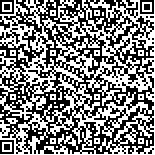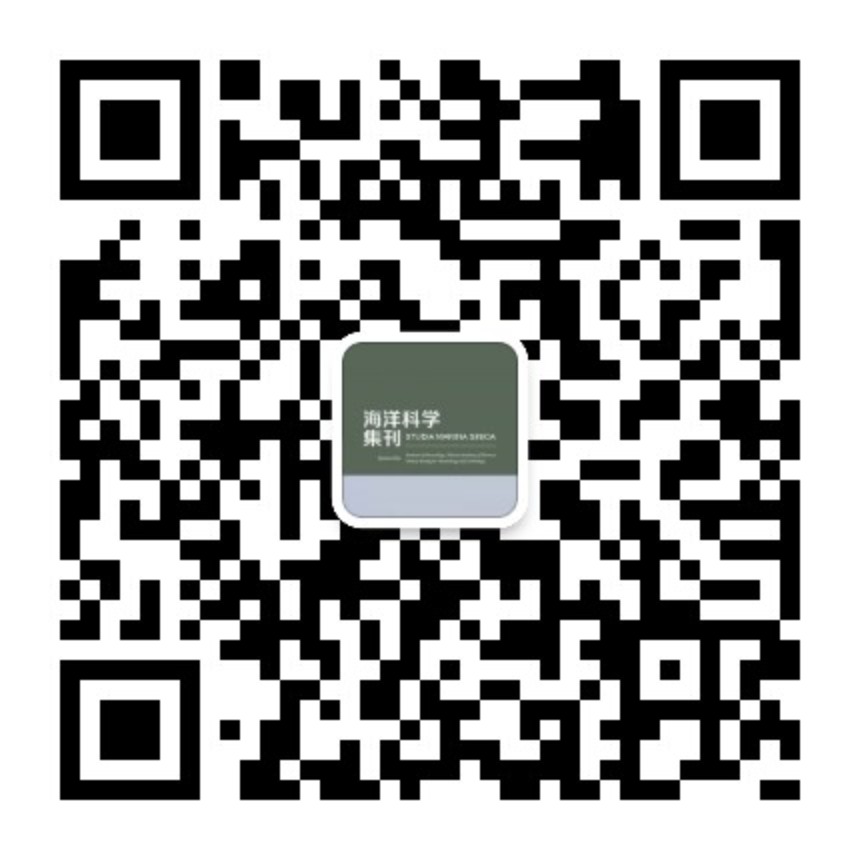|
|
|
| |
|
|
| 本文已被:浏览 350次 下载 363次 |

码上扫一扫! |
|
|
| 龙须菜在鱼藻混养系统中的生态功能 |
|
胡海燕1,2, 卢继武1, 周毅1, 杨红生1
|
|
1.中国科学院海洋研究所;2.中国科学院研究生院
|
|
| 摘要: |
| 近年来,随着海水养殖产业的迅速发展,养殖规模的不断扩大,养殖区的自身污染问题也日益显露,以人工投饵和网箱养殖方式为主的浅海鱼类养殖,残饵和鱼体的代谢产物往往导致水体的富营养化和底质的有机污染,既影响周围环境,又不利于鱼类的生长和健康,长远意义上还会制约整个鱼类养殖业的持续发展。怎样减轻海水养殖造成的自身污染和对生态环境的破坏,已成为人们日益关注的问题,国内外学者已提出多种解决这一问题的途径,其中一条重要途径是通过优化养殖结构,实施综合养殖,发展生态养殖技术(杨圣云等,1996;杨红生,2000;阎希柱等,2000)。目前国际上,主要的综合养殖方式包括鱼藻混养、鱼贝混养、鱼类与底栖沉积食性动物混养等。近年来的研究又发现,在富含营养盐的鱼类养殖水体中养殖大型海藻,不仅能显著降低养殖废水中的溶解营养盐,而且能提高海藻的产量(Troell,1999),鱼藻的相互作用重新激起了人们的兴趣,但大型海藻与鱼类混养的基础理论和关键技术还刚刚起步,养殖容量和养殖配比等方面尚亟待研究。
江蓠属龙须菜(Gracilaria lemaneiformis)是一种大型红藻,具有适温范围较广(12-23℃)、生长快、适应环境能力强和经济价值高等优点,是改善生态环境、提高经济效益的理想品种。本项研究利用室内海水养殖系统,将龙须菜和我国北方海域的代表性养殖鱼类——黑鲪(Sebastodes fuscescens)进行混养,设计不同的养殖密度,测定若干水环境和生物因子指标,旨在查明江蓠在鱼类养殖系统中的生态效应,初步寻求合理的养殖配比,为今后大规模运用大型海藻改善养殖区环境提供科学依据。 |
| 关键词: 龙须菜 鱼藻混养 |
| DOI: |
| 分类号: |
| 基金项目:中国科学院海洋研究所调查研究报告第4448号。中国科学院知识创新工程项目KZCX2-403、211号;国家基础研究规划资助项目G1999012012号;山东省科技攻关课题“浅海鱼藻混养技术”。 |
|
| ECOLOGICAL FUNCTION OF GRACILARIA LEMANEIFORMIS IN FISH AND SEAWEED POLYCULTURE SYSTEM |
|
HU Haiyan1,2, LU Jiwu1, ZHOU Yi1, YANG Hongsheng1
|
|
1.Institute of Oceanology, The Chinese Academy of Sciences;2.Graduate School of the Chinese Academy of Sciences
|
| Abstract: |
| Rapid growth of marine fish farming often leads to adverse impacts on the environment, especially the release of dissolved nutrients which may cause eutrophication. As an ecological treatment solution, large seaweeds can be used to get rid of the excess nutrients while obtaining higher output. A setup consisting of six 3m3 tanks (one with neither fish nor seaweeds, others with or without seaweeds) was used to investigate ecological function of M1213 As the experiment period was spring, Gracilaria lemaneiformis grew well even in the low nutrient environment; and had average specific growth rate (SGR) of 4.05% in the four polyculture tanks, with the highest one (4.5%) in the #4 tank. In addition. except the #3 tank, G.lemaneiformis had competitive advantage over phytoplankton after a period of time. At the same time, most of the dissolved nutrients (NO3-N, NO2-N, NH4-N, PO4-P) in the polyculture tanks were removed as the environmental dissolved inorganic nutrients (DIN) were much lower than those of the tank without G.lemaneiformis, whose average content was 2.53μmol/L. In order to achieve good water quality as well as high production, carrying capacity has to be considered according to existing system and conditions. In this experiment, 1:1 co-culture of G.lemaneiformis and Sebastodes fuscescens yielded good results. |
| Key words: marine fish farming polyculture of fish and seaweeds |
|
|
|
|
|
|


